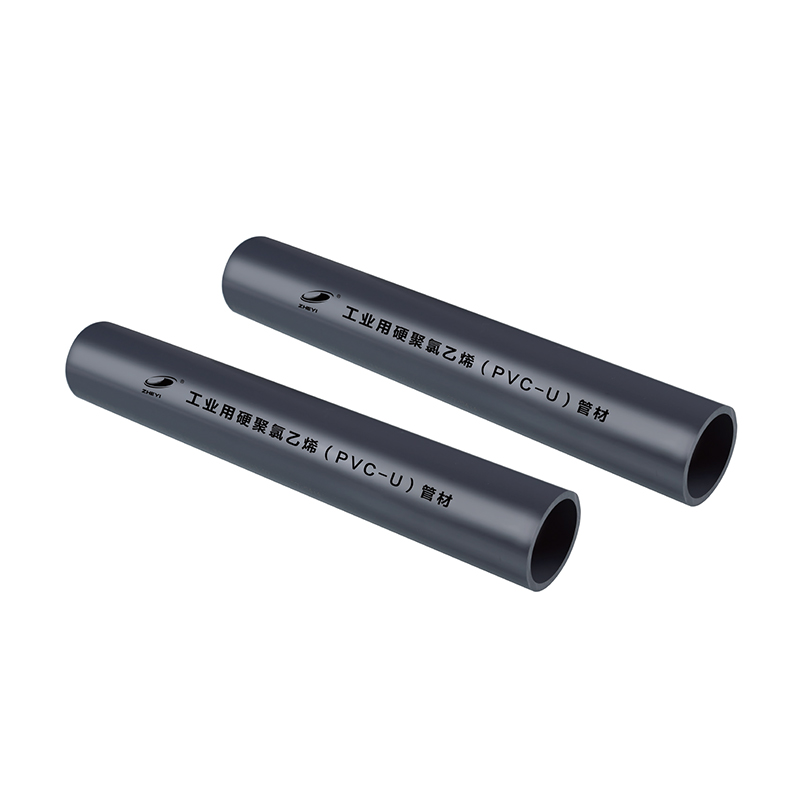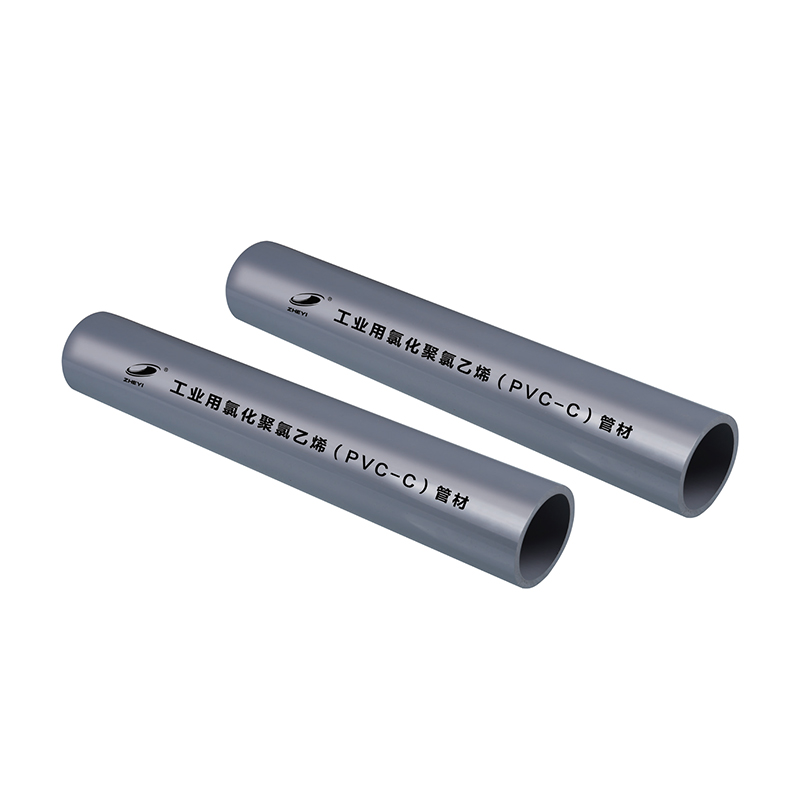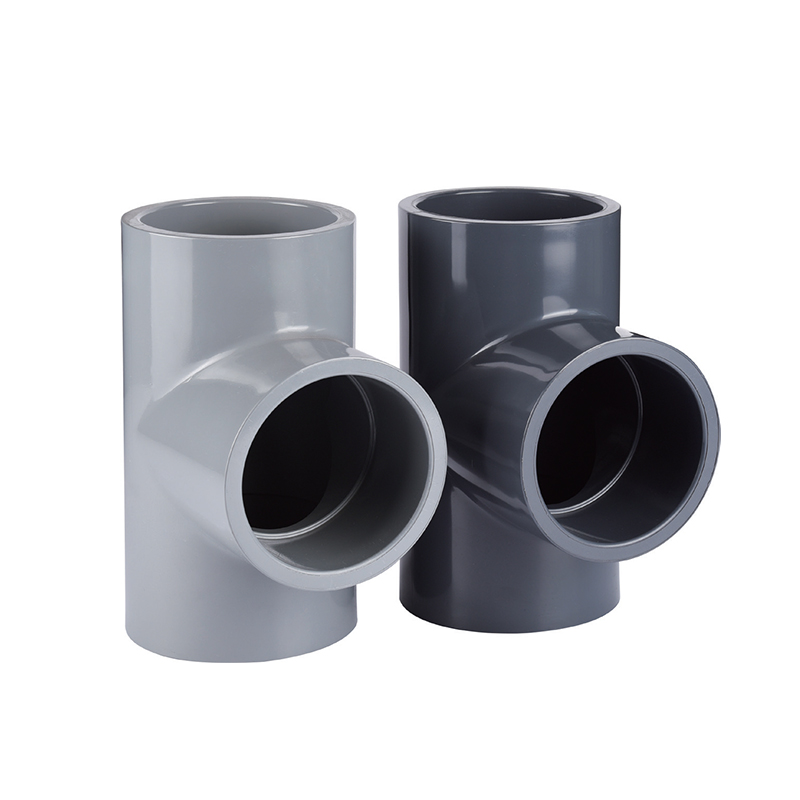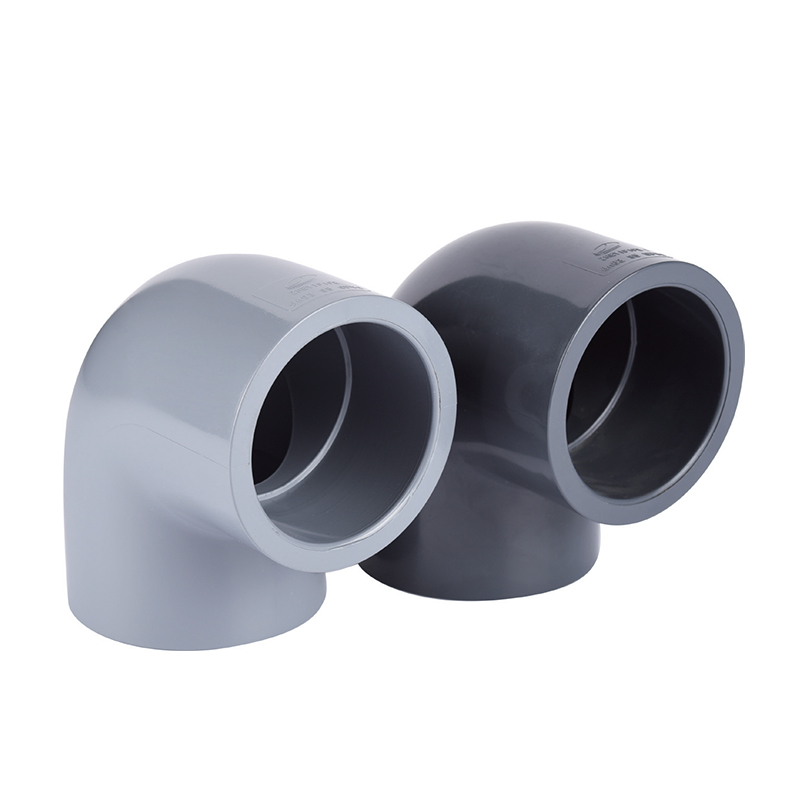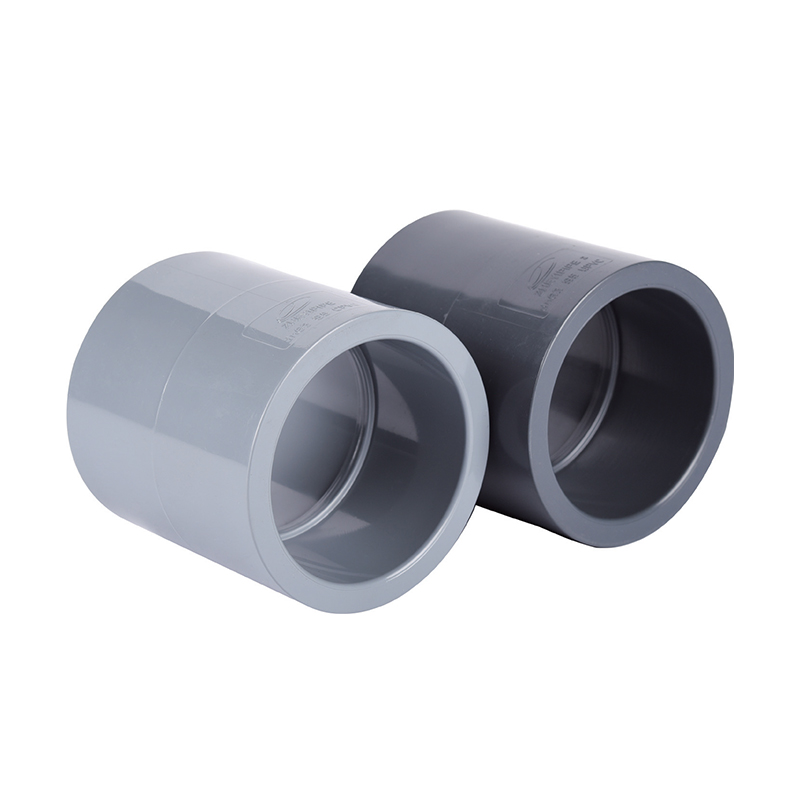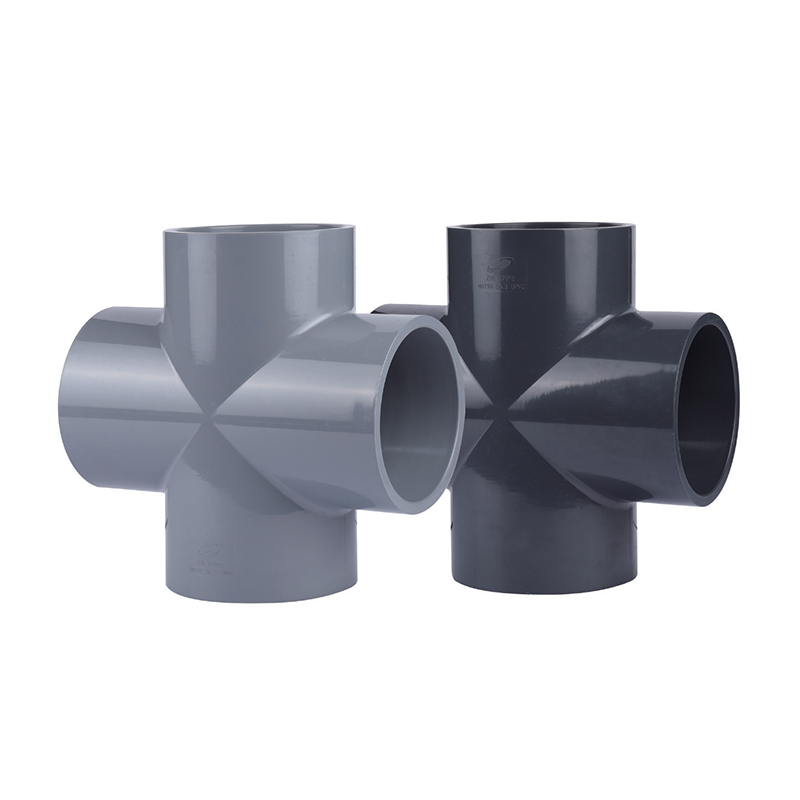When working with plumbing or industrial piping systems, understanding the differences and applications of UPVC/CPVC pipe fittings is crucial. These thermoplastic materials have revolutionized modern piping solutions with their durability, chemical resistance, and cost-effectiveness.

SCH8O/DIN UPVC/CPVC 90° Elbow
What Are UPVC and CPVC Materials?
Unplasticized Polyvinyl Chloride (UPVC) and Chlorinated Polyvinyl Chloride (CPVC) are two variants of PVC that offer distinct properties for different applications. While they share some similarities, their chemical composition and performance characteristics differ significantly.
Key Differences Between UPVC and CPVC
The primary distinction lies in their chemical structure and temperature resistance:
- UPVC maintains the basic PVC structure without plasticizers, making it rigid and suitable for cold water applications
- CPVC undergoes an additional chlorination process that enhances its temperature resistance and chemical stability
- UPVC typically handles temperatures up to 60°C (140°F), while CPVC can withstand temperatures up to 93°C (200°F)
- CPVC demonstrates better resistance to acids, bases, salts, and aliphatic hydrocarbons compared to UPVC
Selecting the best UPVC pipe fittings for industrial applications requires careful consideration of several factors including chemical compatibility, pressure requirements, and environmental conditions. Industrial settings often demand more robust solutions than residential applications.
Critical Industrial Applications for UPVC Fittings
UPVC fittings excel in numerous industrial scenarios:
- Chemical processing plants handling corrosive materials
- Water treatment facilities requiring corrosion-resistant piping
- Electroplating plants with acidic environments
- Swimming pool filtration systems
- Industrial drainage and waste management systems
Selection Criteria for Industrial UPVC Fittings
When choosing UPVC fittings for industrial use, consider these essential parameters:
| Parameter |
Consideration |
| Pressure Rating |
Must exceed maximum operating pressure by at least 25% |
| Chemical Resistance |
Verify compatibility with all transported substances |
| Temperature Range |
Ensure suitability for both minimum and maximum operating temperatures |
| Jointing Method |
Select between solvent welding, threading, or flanged connections |
CPVC pipe fittings installation guide for beginners
For those new to working with these materials, this CPVC pipe fittings installation guide for beginners provides step-by-step instructions to ensure proper assembly and long-term performance. Proper installation is critical to prevent leaks and ensure system integrity.
Essential Tools for CPVC Installation
Before beginning your CPVC installation project, gather these necessary tools:
- CPVC pipe cutter or fine-tooth saw
- Deburring tool or fine sandpaper
- Primer and cement specifically formulated for CPVC
- Clean, lint-free rags
- Measuring tape and marker
- Brush applicators for primer and cement
Step-by-Step Installation Process
Follow these detailed steps for a successful CPVC installation:
1. Pipe Preparation
Begin by cutting the pipe square using a proper cutter. Remove all burrs from the cut end using a deburring tool or sandpaper. Clean both the pipe end and fitting socket with a clean rag to remove any dirt or debris.
2. Dry Fitting
Assemble the components without cement to ensure proper fit and alignment. Mark the pipe and fitting with alignment marks to help during final assembly. Disassemble before applying primer and cement.
3. Priming and Cementing
Apply primer to both the pipe end and fitting socket, then immediately apply cement to both surfaces. Quickly insert the pipe into the fitting while rotating slightly to distribute the cement evenly. Hold firmly for about 30 seconds to prevent push-out.
UPVC vs CPVC pipe fittings chemical resistance comparison
A thorough UPVC vs CPVC pipe fittings chemical resistance comparison reveals important differences that affect material selection for specific applications. Chemical compatibility is often the deciding factor in industrial and commercial installations.
Chemical Resistance Properties
Both materials offer excellent resistance to many chemicals, but their performance varies:
| Chemical |
UPVC Resistance |
CPVC Resistance |
| Hydrochloric Acid (20%) |
Excellent |
Excellent |
| Sulfuric Acid (50%) |
Good |
Excellent |
| Sodium Hydroxide (50%) |
Excellent |
Excellent |
| Acetone |
Poor |
Fair |
| Methanol |
Fair |
Good |
Factors Affecting Chemical Resistance
Several variables influence the chemical resistance of both UPVC and CPVC:
- Concentration of the chemical
- Temperature of the chemical
- Duration of exposure
- Mechanical stress on the material
- Presence of multiple chemicals
How to choose between UPVC and CPVC pipe fittings
Understanding how to choose between UPVC and CPVC pipe fittings requires evaluating several application-specific factors. The decision impacts system performance, longevity, and maintenance requirements.
Key Decision Factors
Consider these critical aspects when selecting between UPVC and CPVC:
Temperature Requirements
CPVC's superior temperature resistance makes it the clear choice for hot water applications or processes involving elevated temperatures. UPVC is suitable for cold water systems or applications where temperatures remain below 60°C.
Chemical Exposure
For highly corrosive environments or exposure to aggressive chemicals, CPVC generally offers better resistance. However, for specific chemicals like certain solvents, UPVC might perform better. Always consult chemical resistance charts for your specific application.
Budget Considerations
UPVC typically costs less than CPVC, making it attractive for budget-conscious projects where its properties meet requirements. However, the total cost of ownership should consider maintenance and replacement costs over the system's lifespan.
CPVC pipe fittings for hot water systems advantages
The CPVC pipe fittings for hot water systems advantages make this material particularly suitable for residential, commercial, and industrial hot water applications. CPVC's unique properties address many challenges associated with hot water distribution.
Primary Advantages in Hot Water Applications
CPVC offers several benefits specifically valuable in hot water systems:
- Superior temperature resistance up to 93°C (200°F)
- Lower thermal conductivity reduces heat loss compared to metal pipes
- Resistance to scaling and mineral buildup
- Excellent long-term hydrostatic strength at elevated temperatures
- Reduced water hammer noise compared to metal systems
Installation Benefits for Hot Water Systems
Beyond material properties, CPVC offers installation advantages:
| Feature |
Benefit |
| Lightweight |
Easier handling and installation |
| Solvent Welding |
Creates permanent, leak-free joints |
| Flexibility |
Allows for some movement to accommodate thermal expansion |
| Corrosion Resistance |
Eliminates rust and corrosion common in metal systems |


 +86-15258772971
+86-15258772971
 dinys009@163.com
dinys009@163.com

 English
English 한국어
한국어 Español
Español عربى
عربى


